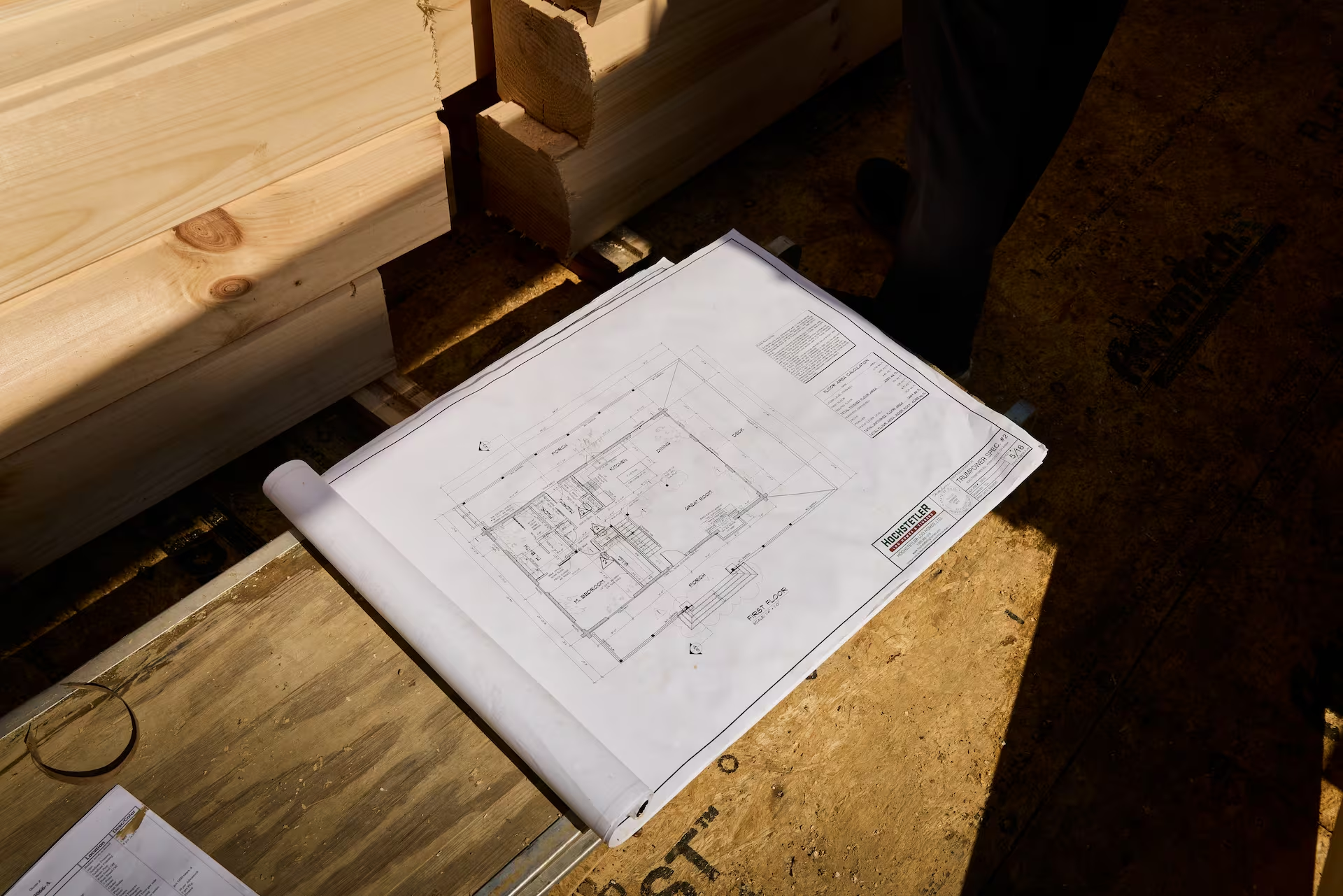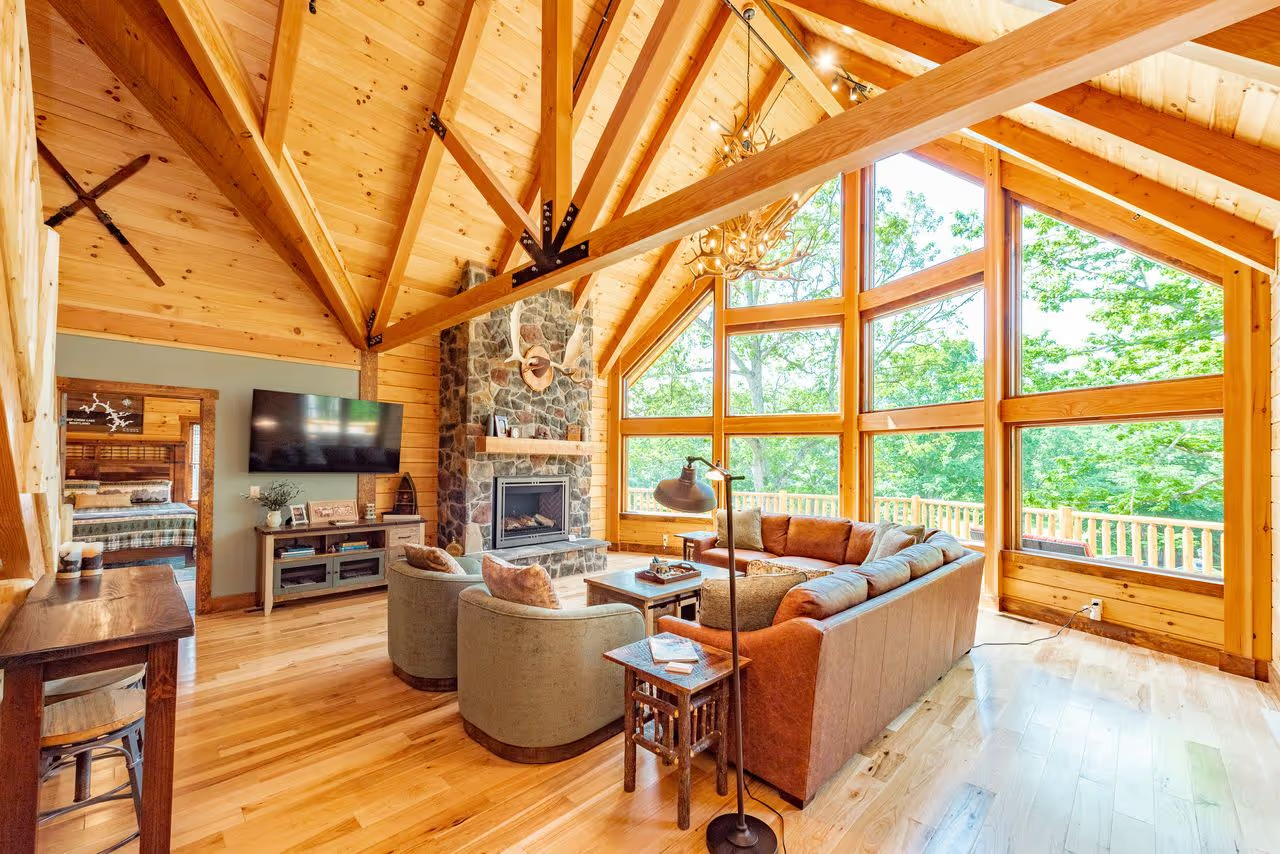Choose Your Builder
If you haven’t already selected a builder, do that now. It affects the preliminary plan stage; you don’t want to pay for another round of concepts only to switch builders afterward. Preliminary plans are essentially about 50% complete construction documents. They're detailed enough for the log home manufacturer to price the package (house, lumber, logs, etc.). Typical cost for preliminary drawings is ½% to 1% of the total building cost.








